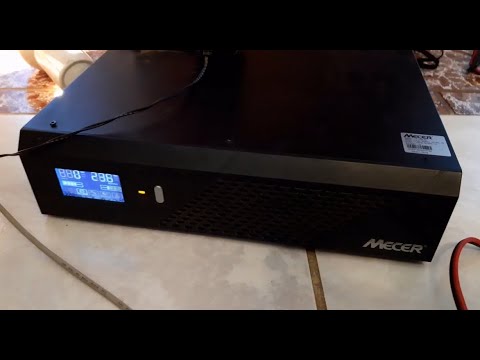At this point I am biased towards learning curve. Longer term goal is that I can take apart the system and repurpose differently. Maybe batteries get better and chemistries change. Point is I am thinking that what I will learn now will pay off later.
And spot on for ROI, I can ask someone to do it and it takes longer. But I don’t learn in that process. Not a hard no, just the thinking.
In this case I thought, can I invest today to save over the next 5-10 years over Eskom (I am assuming both the inverter and battery will only last that long, any longer is bonus. And if I move, this moves with me. Whether it is cities or countries.
It’s sad seeing that I return about 80 kWh a month to grid and also consume as much. And that’s now. I’ll be putting up a server and that’s going to add another 90 kWh to monthly use when it is up. The ideal is 0 sale, not so much 0 grid use.
